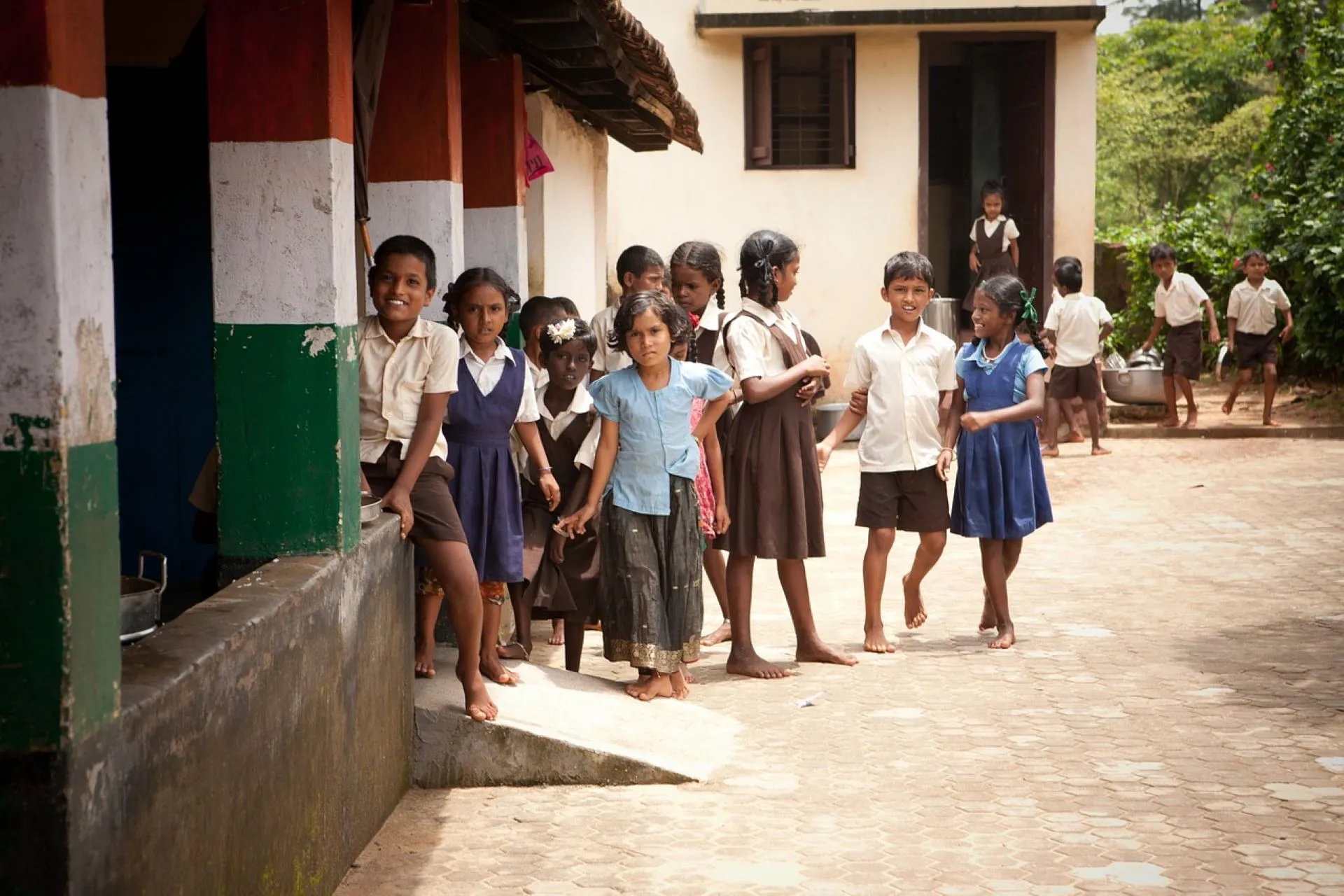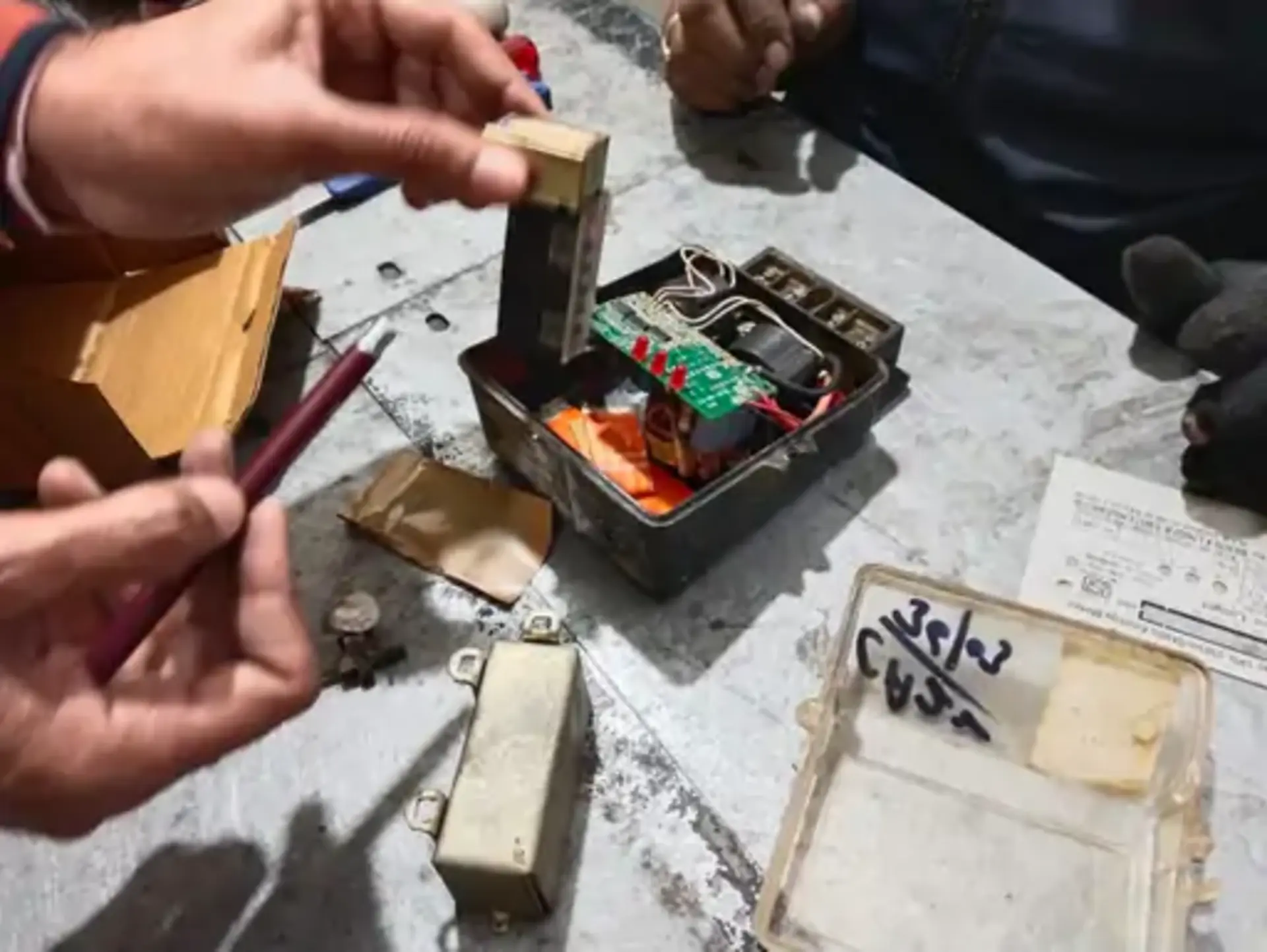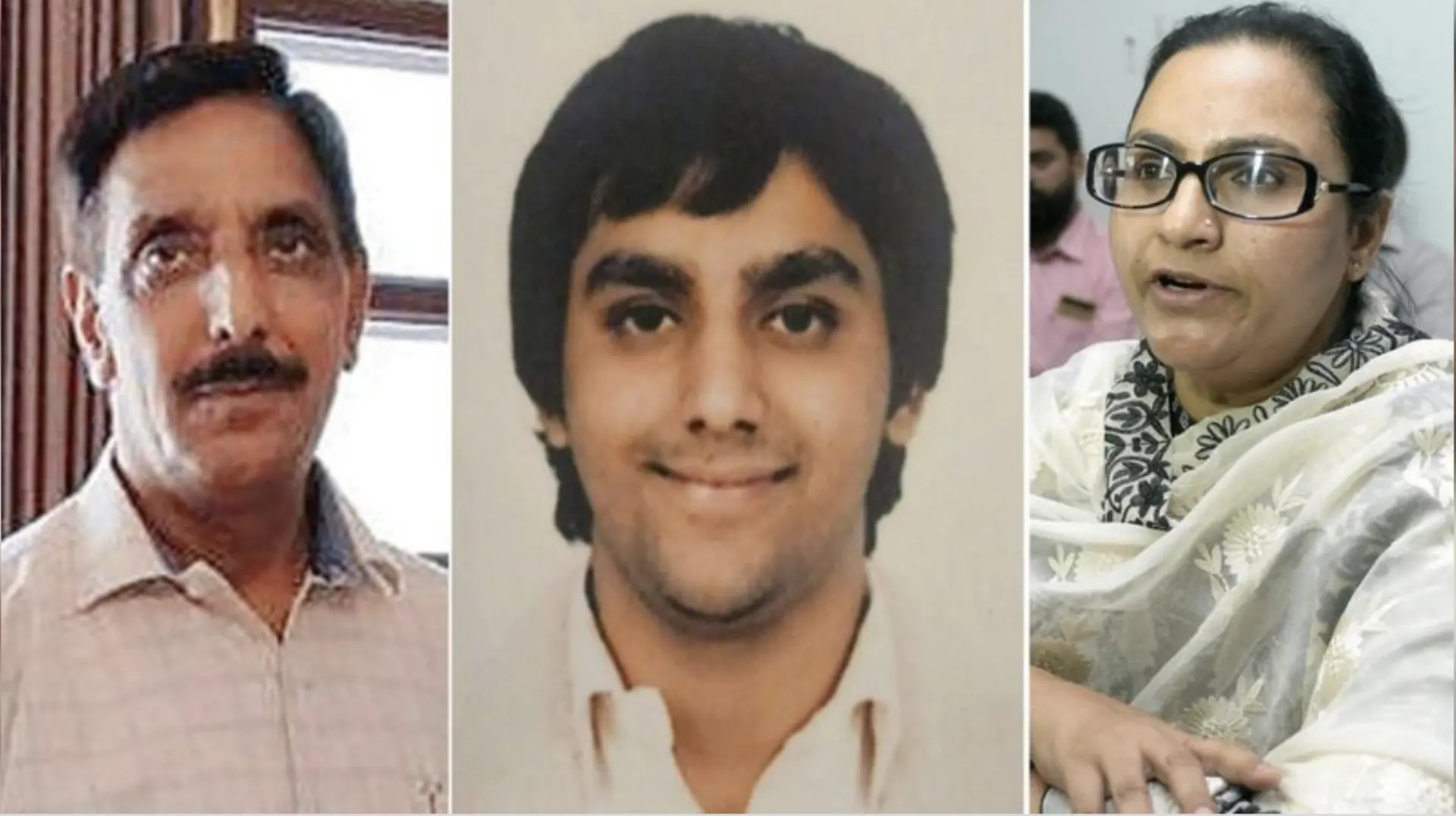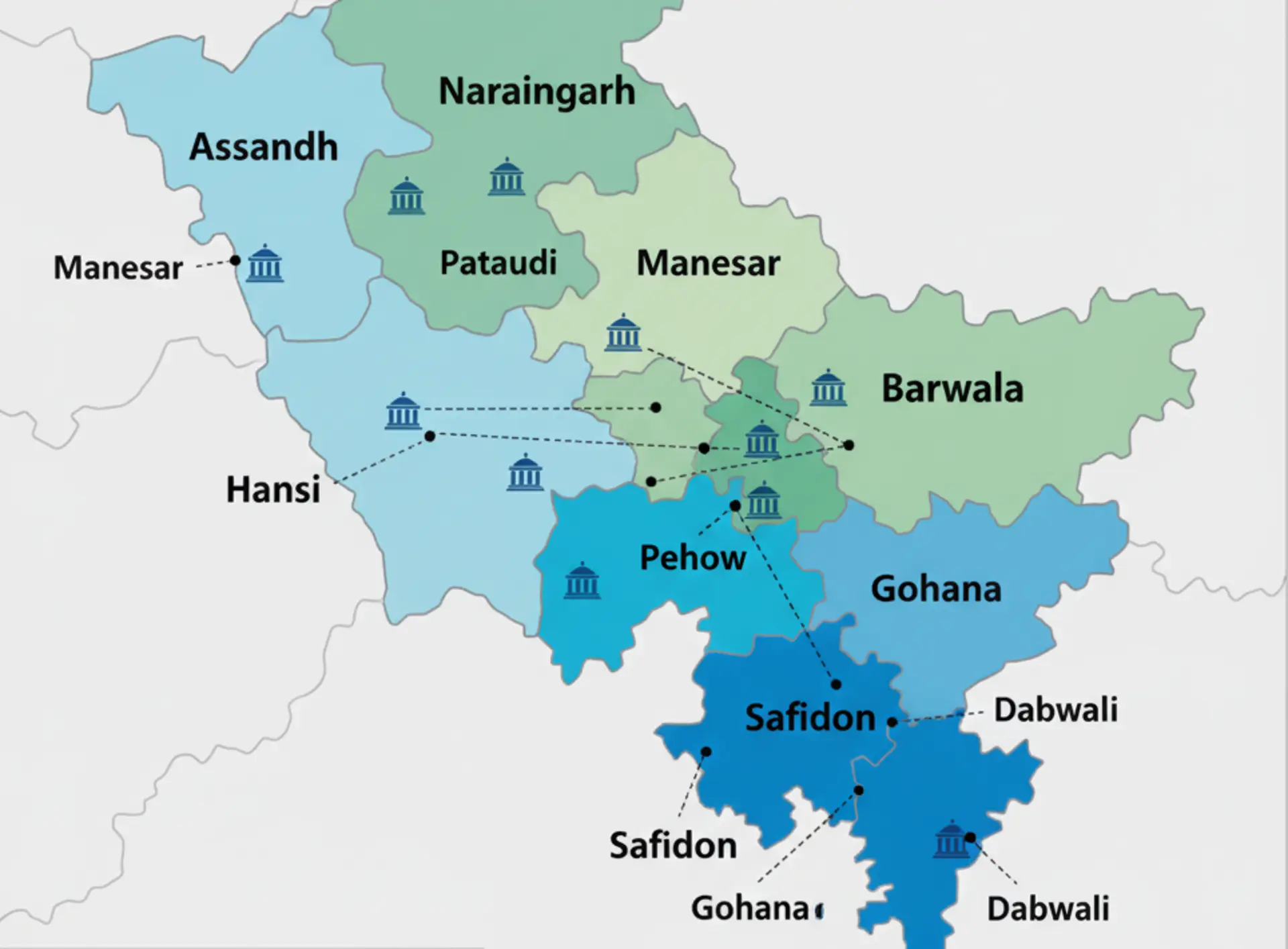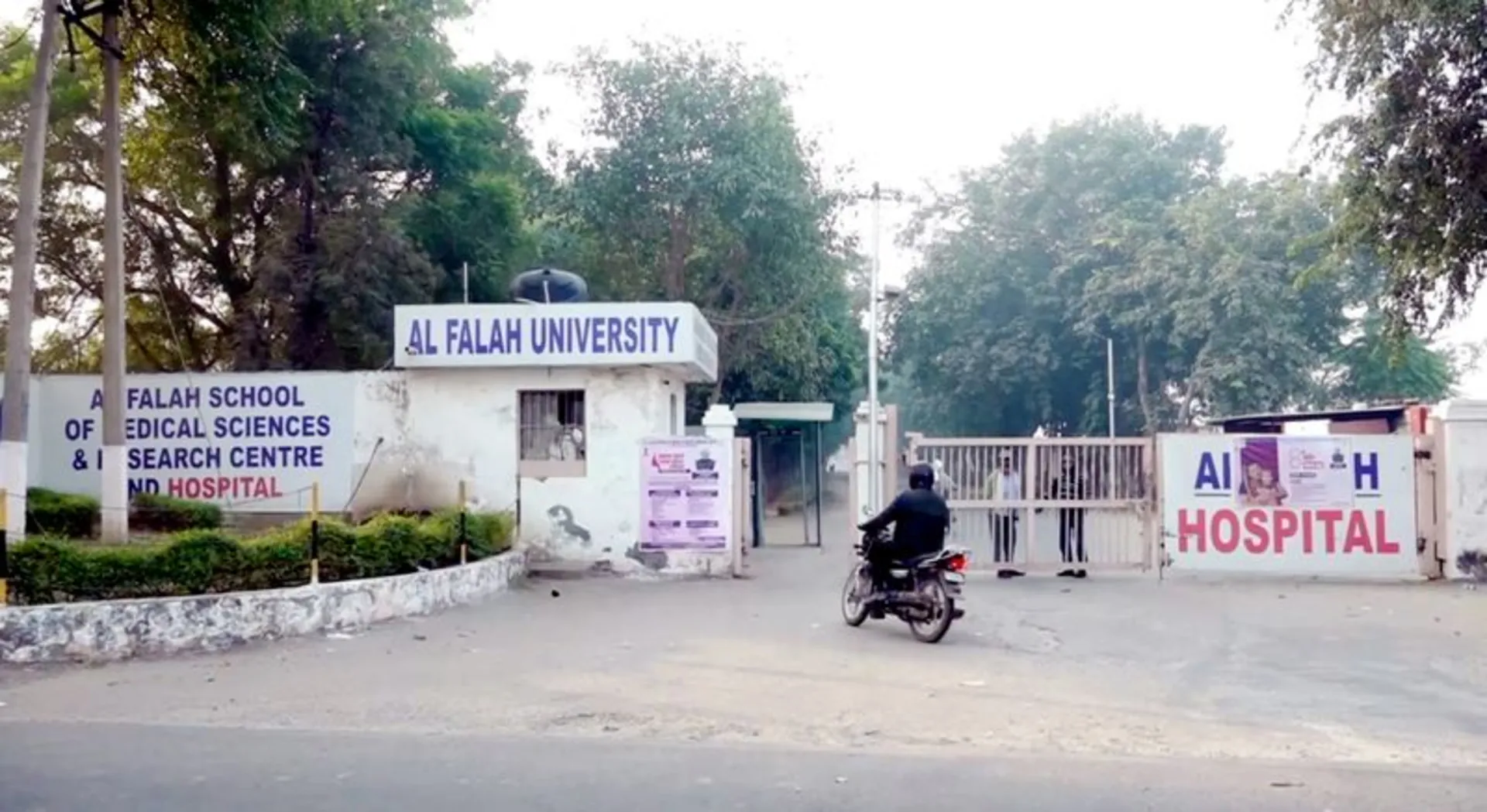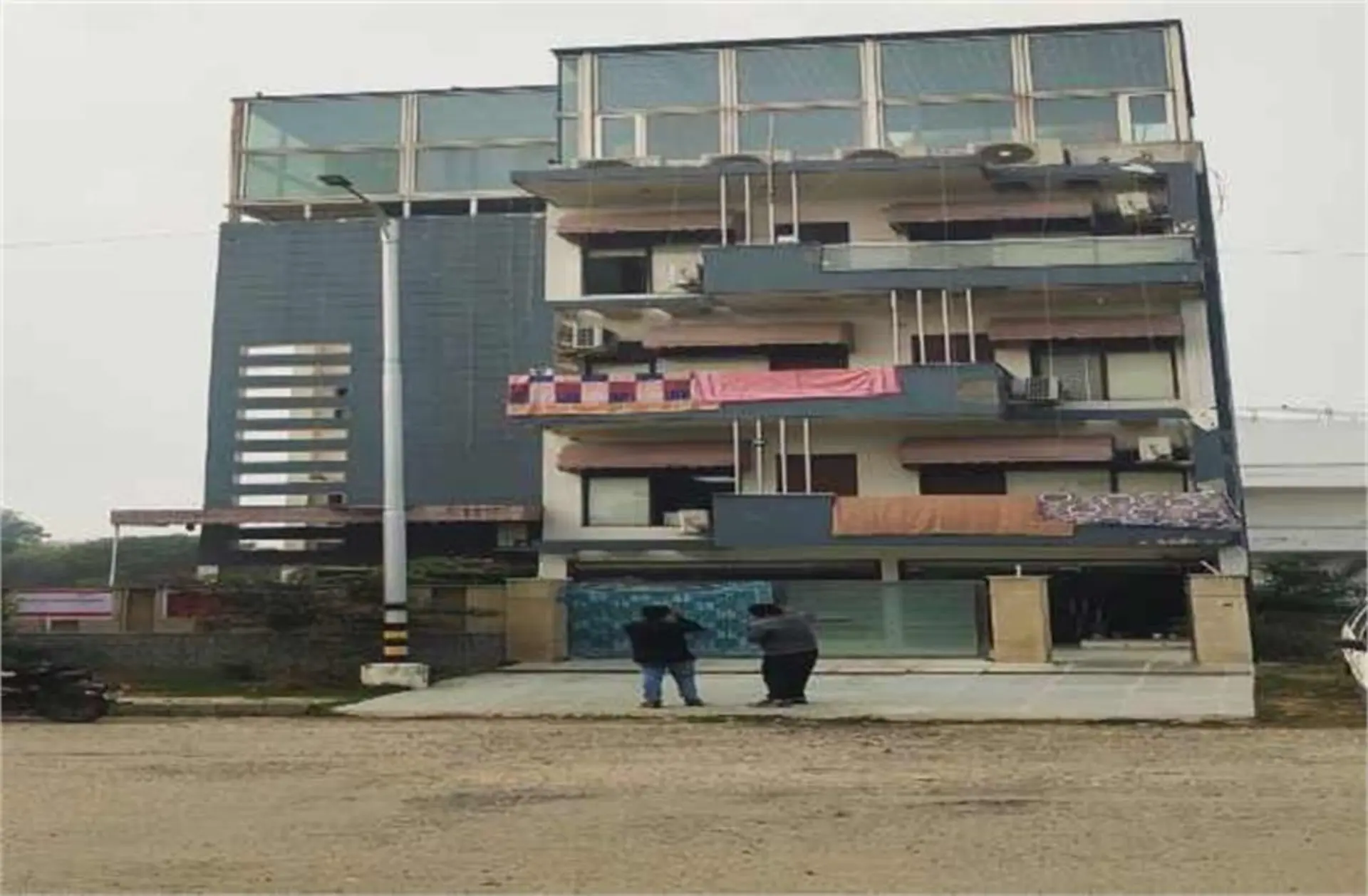
Recent data presented in the Haryana Assembly has revealed an alarming shortage of teachers across the state's government schools. Education Minister Mahipal Dhanda confirmed that 15,659 teaching positions remain vacant, affecting educational quality and student outcomes throughout Haryana.
The information came to light during the ongoing Assembly session after former Education Minister and Congress MLA from Jhajjar, Geeta Bhukkal, raised questions about the current state of teacher vacancies. According to the official figures, Haryana currently employs 99,666 teachers against a sanctioned strength of 115,325.
District-wise Analysis Shows Uneven Impact
The teacher shortage varies significantly across Haryana's 22 districts, creating an unbalanced educational landscape. Yamunanagar district faces the most severe shortage with 1,914 vacant positions, followed by Palwal (1,484), Sirsa (1,154), Ambala (1,183), and Faridabad (1,090).
Most concerning is the situation in the Mewat region (Nuh district), which alone accounts for 3,347 vacancies – more than 21% of the total shortage. These vacancies in Mewat include 1,693 primary teachers, 1,088 Trained Graduate Teachers (TGTs), and 566 Post Graduate Teachers (PGTs). Education experts note that Mewat, already facing numerous educational challenges, is particularly vulnerable to the negative effects of this teacher shortage.
Recruitment Efforts Underway
Responding to concerns raised in the Assembly, Education Minister Dhanda outlined several ongoing initiatives to address the shortage. "We have sent 1,456 Primary Teacher positions in Mewat to the Haryana Staff Selection Commission for immediate recruitment," the minister stated. He further explained that 3,427 TGT positions are being filled through the Haryana Kaushal Rojgar Nigam (HKRN), while 4,780 PGT posts have been forwarded to the Haryana Public Service Commission (HPSC).
The government is also working on internal promotions, with plans to elevate 4,550 teachers to PGT positions. Of these, 3,371 promotion cases have already been processed, according to the minister.
Opposition Raises Concerns About Recruitment Quality
Former Education Minister Geeta Bhukkal has criticized the government's approach to filling the vacancies. Speaking to media outlets, she expressed concerns about the increasing reliance on HKRN for teacher recruitment, noting that teachers hired through this channel receive only 50% of a regular teacher's salary.
"This two-tier system creates inequality among teaching staff and affects overall education quality," Bhukkal stated. She also pointed to the government's decision to merge 1,203 schools last year, questioning whether school closures were the right response to teacher shortages and declining enrollment.
"Instead of improving educational facilities and addressing staff shortages, the government is simply shutting down schools. This is not a healthy indicator for Haryana's education sector," she added.
Current Teacher Distribution
The current teaching workforce in Haryana comprises 80,640 regular teachers, 11,916 guest teachers, and 7,110 teachers hired through HKRN. The vacancies are distributed across different teaching levels, with Post Graduate Teachers (PGTs) facing the highest shortage at 8,519 vacancies, followed by Trained Graduate Teachers (TGTs) at 4,583 and Primary Teachers (PRTs) at 2,557.
Education experts emphasize that timely recruitment combined with better incentives for teachers to work in underserved areas is essential to ensuring quality education across the state. With thousands of students affected by these vacancies, addressing the teacher shortage remains a critical challenge for Haryana's education system in the coming years.



